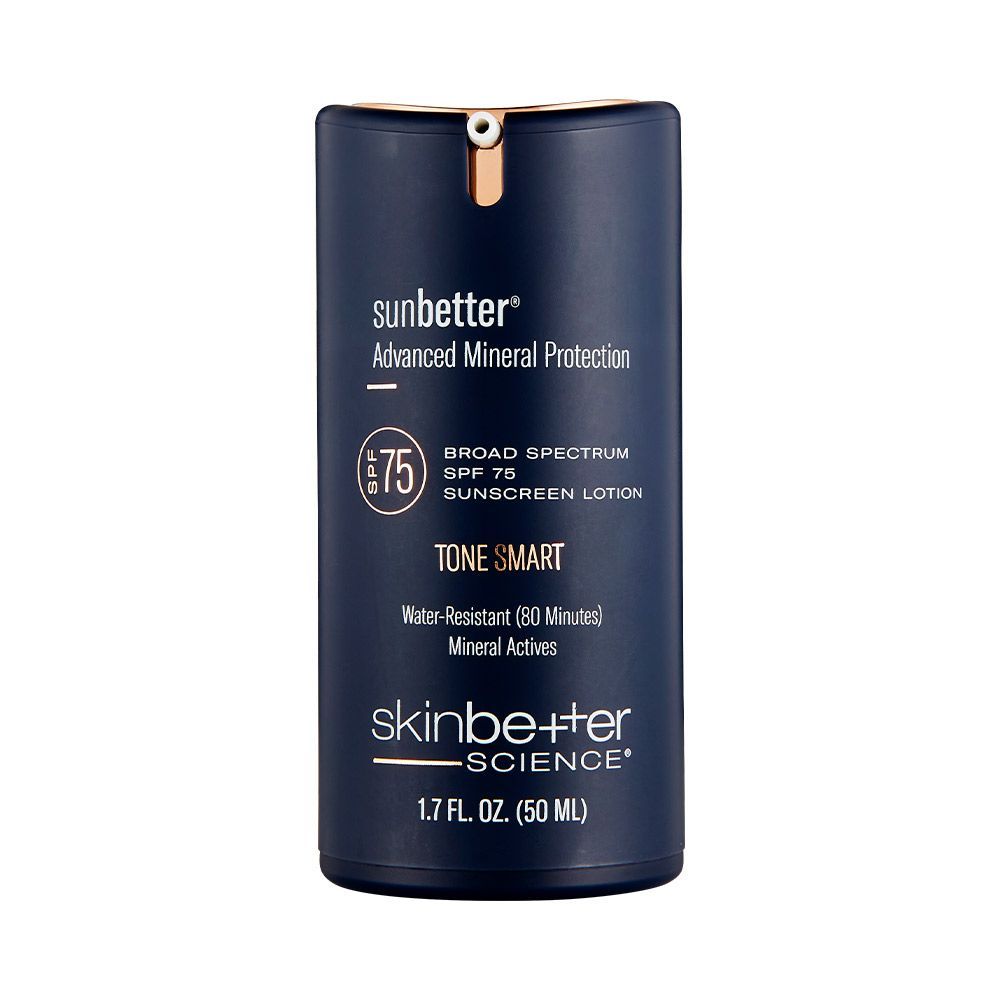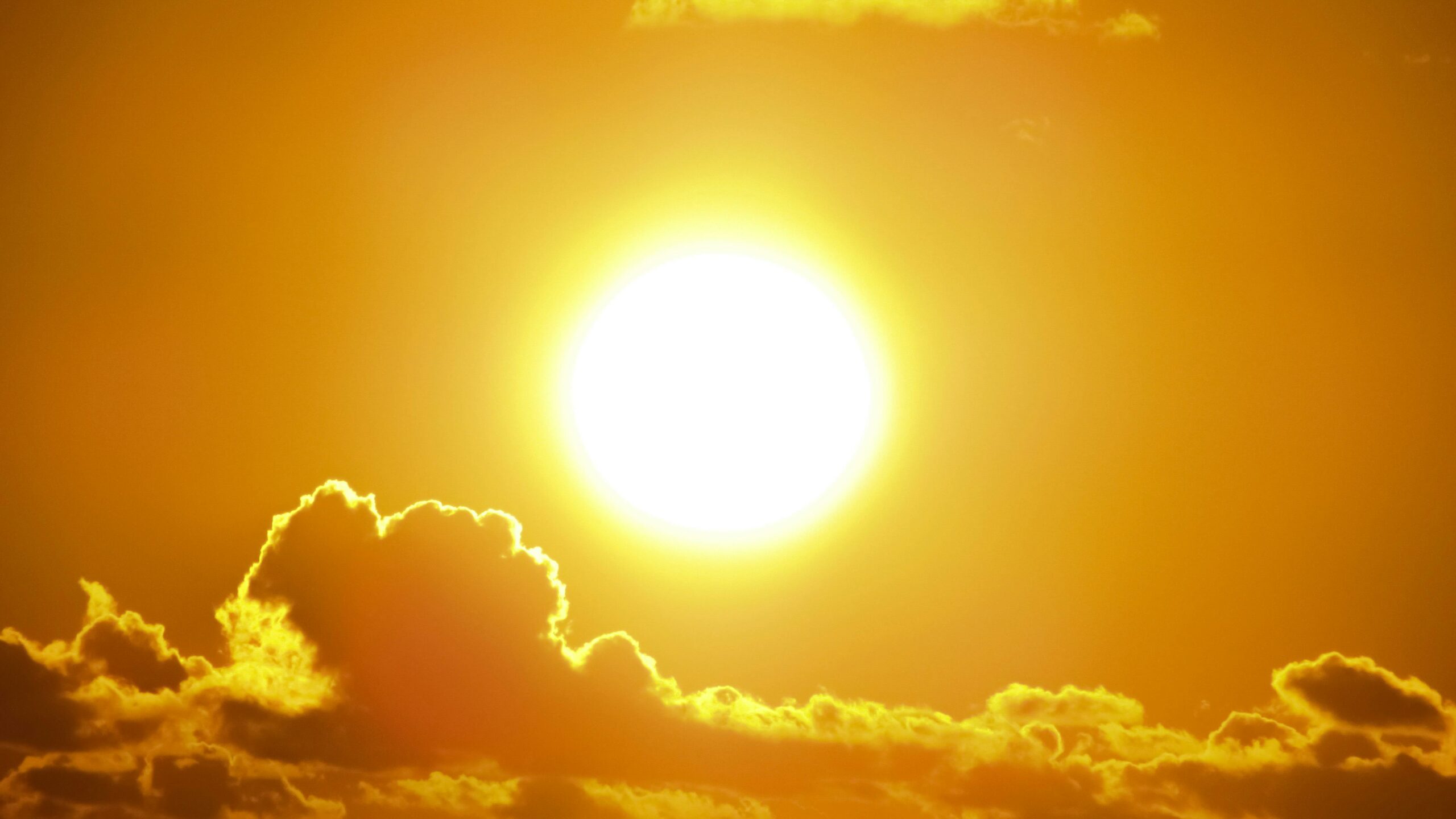Research indicates that sunscreens effectively prevent signs of photoaging, such as wrinkles, redness, and pigmentation changes caused by ultraviolet (UV) radiation. Sunscreen protects against both UVA and UVB radiation. Chemical sunscreens (oxybenzone, avobenzone, octocrylene, and ecamsule) absorb intense UV radiation and convert it into lower-energy wavelengths like infrared radiation (heat). Physical sunscreen filters, such as titanium dioxide and zinc oxide, reflect or scatter UV radiation away from the skin.
The American Academy of Dermatology advises people of all skin types to use sunscreen with an SPF of 30 or higher regularly. Cream-based sunscreens are preferred over spray-on versions. Wind can disperse spray-on sunscreens, leading to insufficient coverage. Additionally, spray-on sunscreens tend to dry quickly and may not be easily visible on the skin, making it challenging to ensure even application. It is even important to wear sunscreen even while indoors since UV can penetrate through glass windows.
| UVA | UVB | UVC |
| -Accounts for 95% of UV light. -Passes through ozone, clouds, and window glass -Penetrates human skin deeply and responsible for photoaging and carcinogenesis | -Accounts for 5% of UV light. -Partially absorbed by ozone and clouds, does not penetrate window glass. -Does not penetrate skin as deeply as UVA. More responsible for tanning and burning of the skin. | -<1% of UV light -Absorbed by ozone and clouds -Not deeply absorbed by skin. -Human exposure to UVC radiation would be from an artificial source like a lamp or laser. |



